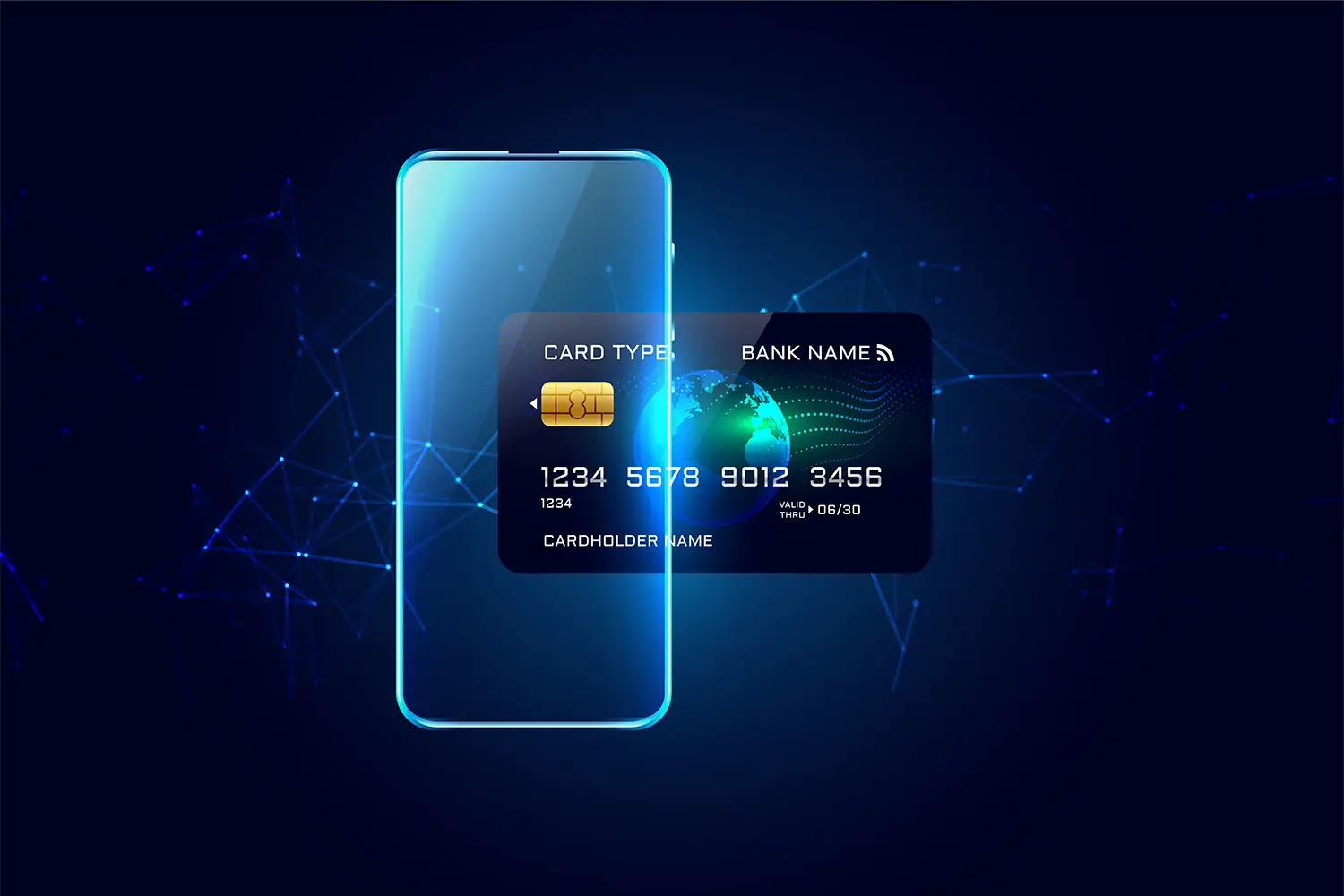
News & Insights
How Embedded Payments Are Reshaping Customer Journeys

Seamless. Instant. Invisible. These are the baseline expectations of today’s consumers when it comes to payments. What was once a distinct point of friction has quietly evolved into a smooth and integrated layer within the digital experience. From ride-hailing to e-commerce, payments are no longer standalone transactions—they are embedded, intuitive, and virtually imperceptible.
We examine the transformative role of embedded payments in shaping customer experience, explore their broader strategic implications for businesses, and consider what the future may hold for this fast-evolving space.
The Rise of Embedded Payments
The rapid growth of embedded payments mirrors a broader trend: financial services are no longer delivered solely by banks. They’re being distributed through the brands, platforms, and experiences consumers use every day.
According to a report by Dealroom and ABN AMRO ventures, embedded finance transactions are expected to exceed $7 trillion globally by 2030, with payments leading the way. Fueling that growth is a new standard of user expectation: speed, simplicity, and zero friction.
How Embedded Payments Work
Embedded payments make paying feel effortless, allowing users to complete transactions directly within a platform. There’s no need to re-enter card details, be redirected to a third-party site, or leave the app. APIs and fintech infrastructure now allow platforms to integrate payments directly into their flows, from one-click checkout to automated subscription billing. This strips away friction while improving efficiency and user experience.
Why Embedded Payments Matter for the Customer Experience
Streamlined transactions:
Fewer steps with better flow. Embedded payments reduce friction and speed up transactions, leading to lower cart abandonment and higher conversion rates.
Built-in accessibility:
By embedding payment functionality where users already spend their time, platforms make financial services more inclusive and user-friendly, especially for mobile-first users.
Personalization:
With embedded tools, businesses can offer tailored payment options, like wallets, installments, or loyalty points, at just the right moment.
Flexibility and control:
Giving users choice over how they pay builds confidence and loyalty, without disrupting their experience.
Strategic Implications for Investors and Operators
Embedded payments are no longer just a product feature. They’re becoming a standard feature of customer-centric business models.
For investors:
The value lies in identifying infrastructure providers, including API enablers, orchestration platforms, and compliance layers that power this ecosystem at scale.
For operators:
This opens up new revenue streams, stronger data insights, and longer customer lifecycles.
Where Embedded Finance Goes Next
Embedded payments are just the entry point. Today, platforms are integrating a broader suite of financial services into their ecosystems, including:
- Buy Now, Pay Later and micro-lending options.
- Embedded insurance for travel, devices, or events.
- Banking-as-a-Service, offering white-labeled accounts and cards.
- Investment and wealth tools within consumer apps.
- KYC and identity verification to streamline onboarding.
Each layer deepens engagement and expands the role of the platform in a user’s financial life.


